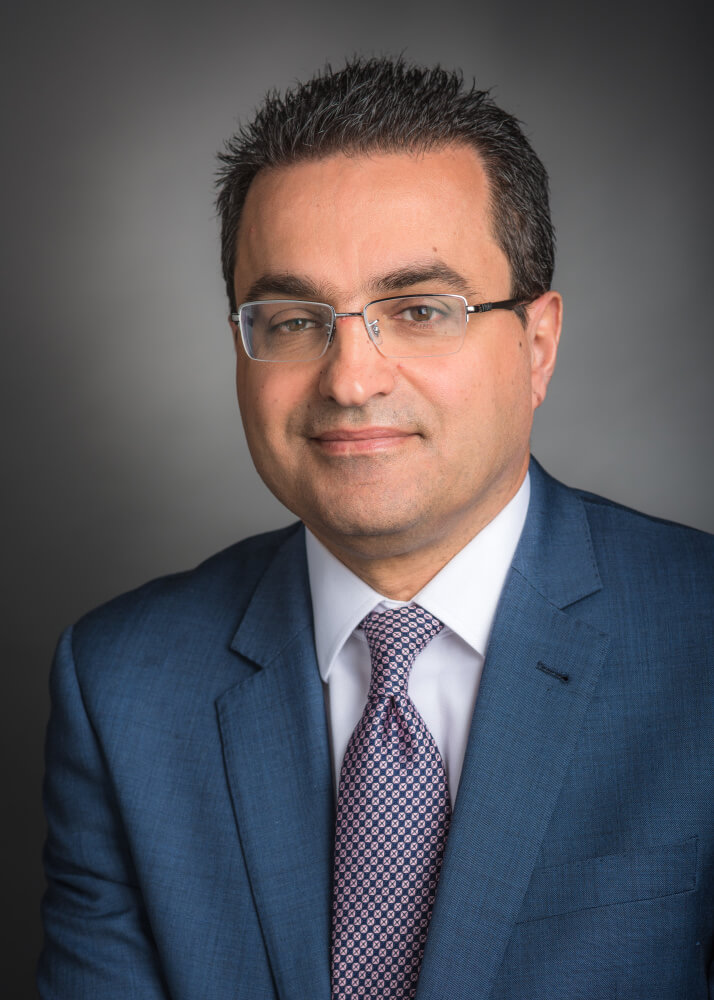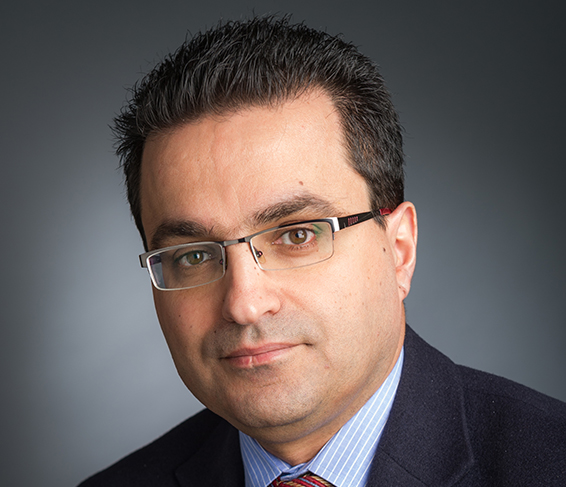Nasopharyngeal cancer (NPC) is a type of throat cancer that forms in the nasopharynx, which is the upper part of the throat behind the nose. It is part of the passageway for the air from the nose to travel to the lungs.
Nasopharyngeal cancer is rare, though it can occur at any age. In the United States, about half the people with nasopharyngeal cancer are under the age of 55, according to the American Cancer Society.
What are the different types of nasopharyngeal cancer?
The most common type of this cancer is nasopharyngeal carcinoma (NPC), which occurs in the cells that line the internal and external surfaces of the body. NPC can be split into three categories:
- Non-keratinizing undifferentiated carcinoma (the most common type in the United States)
- Keratinizing squamous cell carcinoma
- Non-keratinizing carcinoma
The different names refer to the type of cells being affected, which can sometimes affect the response to the cancer treatment.
Other types of cancers that can be found in the nasopharynx include:
- Lymphoma: These cells can be found in the nasopharynx.
- Adenocarcinoma and adenoid cystic carcinoma: Cancer that starts in the glandular cells (the cells that line the tissue that helps with excretion), including salivary glands that can be found in the nasopharynx. These types of cancers are less common in this area.
Benign nasopharyngeal tumors are usually found in children and young adults. They do not spread and do not always need treatment because they are not usually life threatening.

What are the symptoms of nasopharyngeal cancer?
The most common symptoms of nasopharyngeal cancer include (according to the American Cancer Society and WebMD):
- Reoccurring ear infections (seen more often in children than adults)
- Pain in the ear/hearing loss
- Lumps in the neck
- Nosebleeds
- Double or blurry vision
- Stuffy nose
- Pain or numbness in the face
These symptoms do not always mean nasopharyngeal cancer, but should be brought to the attention of a doctor regardless.
How is nasopharyngeal cancer diagnosed?
If needed, a specialist will conduct what is called a nasopharyngoscopy. This involves looking directly into a patient’s throat through mirrors or a small camera at the end of a tube that is inserted through the nose. The doctor may remove a tiny amount of tissue from the area to test, a process also known as a biopsy.
CT scans, X-rays, MRIs, PET scans, bone scans, or barium swallow may also be used to make a definitive diagnosis.
What are the leading risk factors for nasopharyngeal cancer?
The cause of nasopharyngeal cancer is not known. However, recent studies have shown connections to factors that may increase one’s likelihood of developing nasopharyngeal cancer, including:
- Exposure to the Epstein-Barr virus
- Diets high in salt-cured fish and meat
Other risk factors for throat cancer in general include:
- Smoking tobacco, through cigarettes, pipes, or cigars, or chewing tobacco
- Excessive alcohol intake
Having one of more of these risk factors does not mean you will definitely develop cancer, but the risk is higher and should be discussed with a medical professional.
How is nasopharyngeal cancer treated?
“The treatment of NPC is highly complex given proximity to the skull base. Treatment paradigms have also changed recently with the incorporation of induction chemotherapy and immunotherapy early on in the treatment of patients with advanced disease,” says Robert I. Haddad, MD, Robert Haddad, chief of Head and Neck Oncology at Dana-Farber.
The treatment depends on the cancer’s stage, as in how much it has spread, and its size. An expert will likely recommend one or more treatments, including radiation therapy, chemotherapy, surgery, and immunotherapy.
About the Medical Reviewer

Dr Haddad received his MD Degree from St. Joseph University French School of Medicine in Beirut. He completed his residency in internal medicine at St Luke's Roosevelt Medical Center in New York City, and completed a fellowship in hematology oncology at the University of Maryland Cancer Center in Baltimore.
